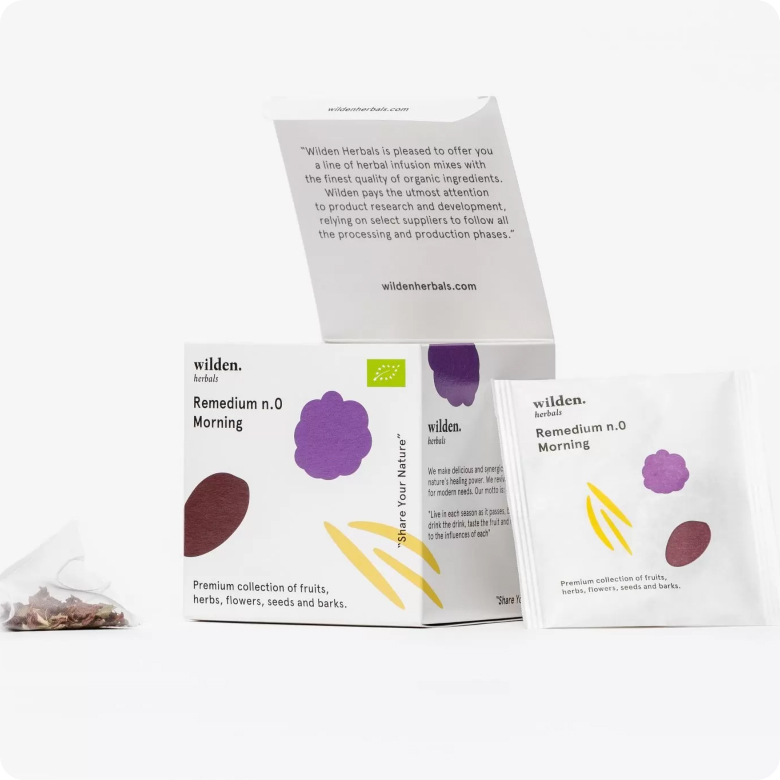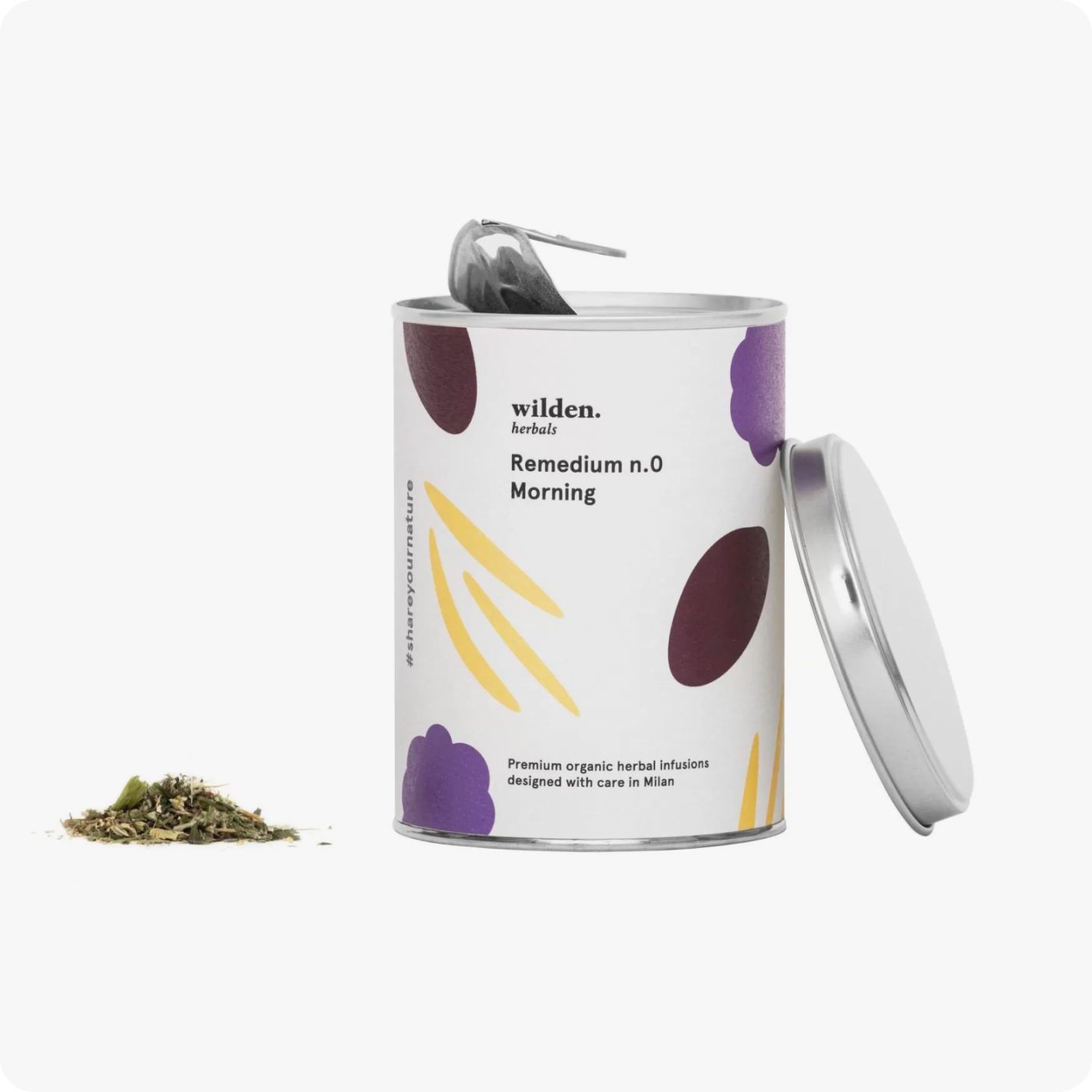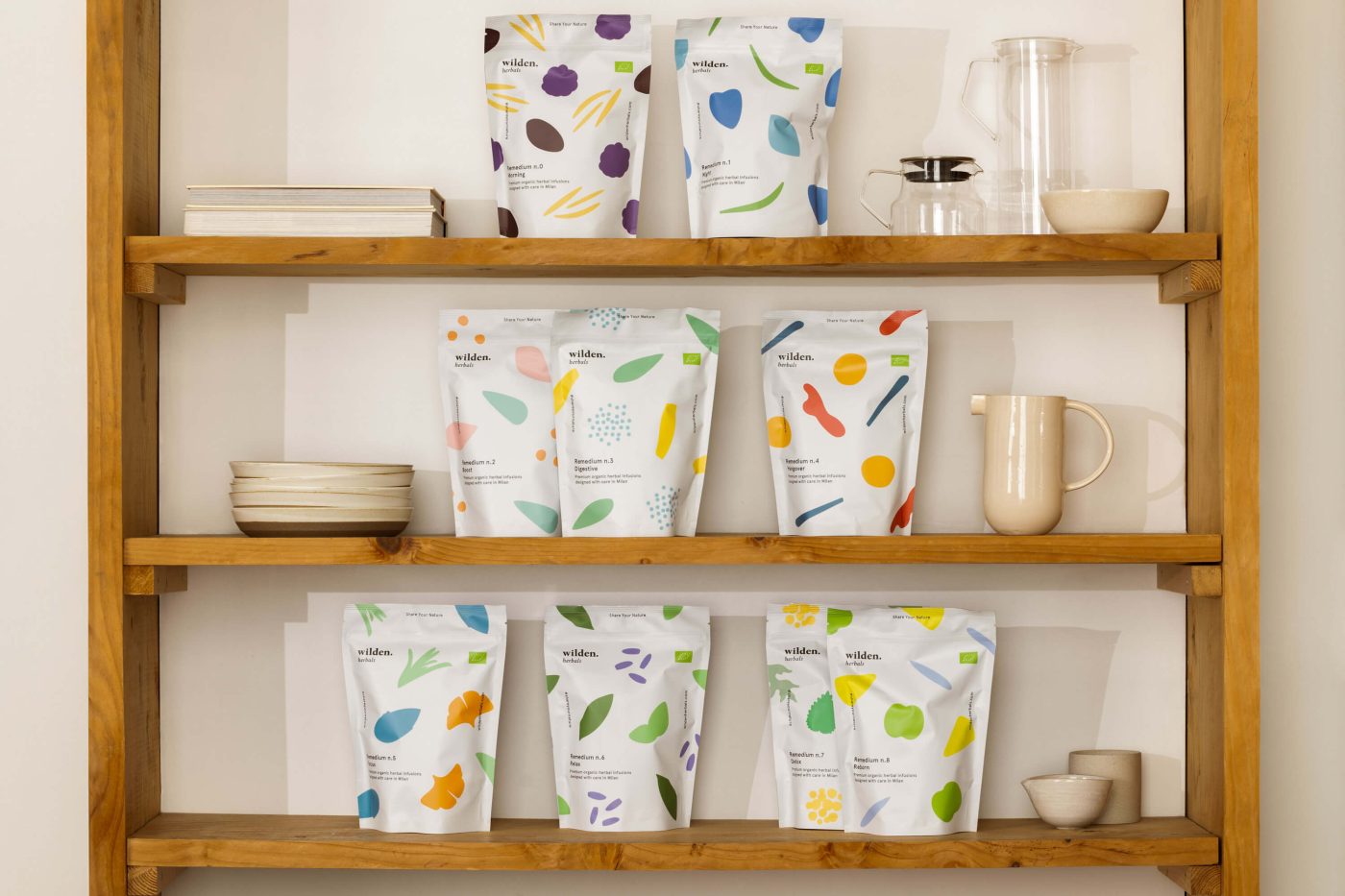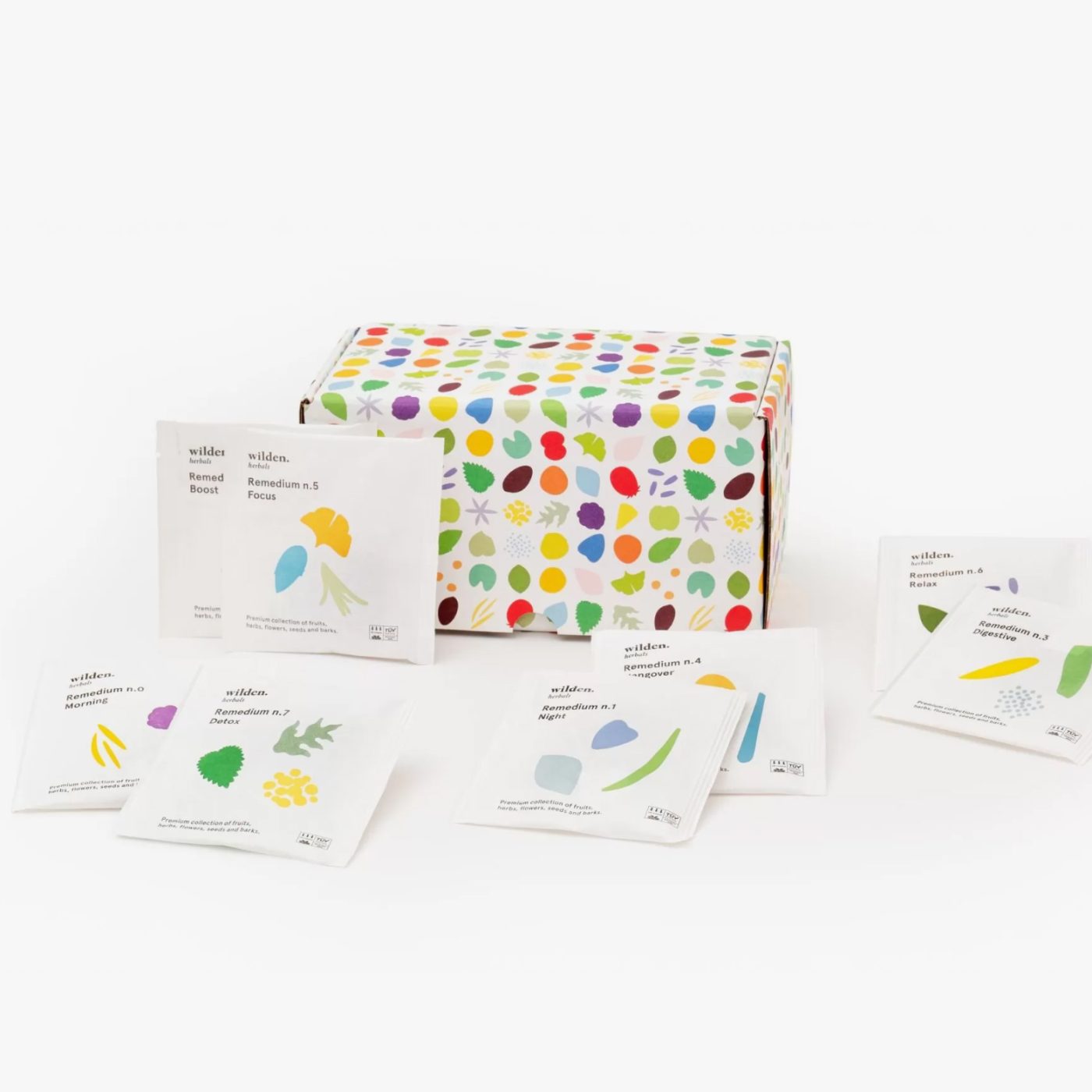Helichrysum, the golden symbol of the Mediterranean maquis
A wild plant whose color and scent are reminiscent of hot summer days on the coast. Discovering the history, properties and benefits of Mediterranean gold.
Helichrysum: botanical anatomy
Helichrysum, Helichrysum italicum, is a wild, perennial plant that belongs to the Compositae or Asteraceae family. Its appearance is typical of suffruticose, this means that it develops with a woody branching at the base and a herbaceous texture at the tip. It has a highly branched bushy habit, but hardly grows beyond a maximum of 70 cm in height.
Its small stems are very distinctive, arching and ascending with an ashy-gray coloring, covered with silvery down. But the most recognizable part of the plant is definitely its bright yellow flowers, clustered in hermaphrodite inflorescences with a corolla ending in 5 triangular head-like lobes. It is they that, from June and throughout the summer, give off an unmistakable characteristic aroma.

Helichrysum: origin and habitat
The name of this plant immediately describes the color and shape of its flower heads: it comes from the Greek words helios (sun) and chrysos (gold). Its origins come from the Mediterranean region of southern Europe and northwestern Africa. In Italy we often find it in the south and islands, very rarely in the north.
Helichrysum is especially suited to those areas that are more difficult to cultivate, such as rocky escarpments, coastal dunes, and stony ground. Given its many properties, however, ways have also been found to cultivate it and it is no longer just a wild species. Although its poor frost resistance and high light requirement for flowering allows it to be grown only in areas with mild and sunny temperatures.
Helichrysum: properties and benefits
This plant has been used in folk medicine since ancient times, starting with the Egyptians and Greeks. Its many properties are mainly found concentrated in the inflorescences but are also obtained from the valuable essential oil that can be extracted from the flowers. Due to a high content of polyphenols, flavonoids and coumarins, its main action is antioxidant. Helichrysum also serves to stimulate bile, gastric and pancreatic secretion as well as offering diuretic, spasmolytic, cholesterol-lowering and anti-inflammatory properties. It thus becomes immediately obvious why it could not be missing from the recipe for one of our herbal teas.
L’elicriso è uno degli ingrediente che trovi nel nostro Remedium n. 7 – Detox, la tisana dalle proprietà depurative con un mix che unisce, fra gli altri, fieno greco, ortica e carciofo in un blend armonico e bilanciato nelle note amare e balsamiche, leggermente astringenti ma con una punta di dolcezza per un effetto disintossicante per l’organismo.

Helichrysum: how to use it
The flowers and leaves of helichrysum are reminiscent as a taste of a mix between licorice and chamomile that might even remotely bring to mind a mild curry, which is why it is used for savory recipes or as a condiment within sauces.
But even more than in cooking, helichrysum flowers are used for cosmetic properties that make them a powerful ally for the skin. With antibacterial, soothing, and cooling properties, helichrysum is a valuable natural remedy that can help fight herpes, sunburns, redness, itching, and mild burns, or more simply to tone the skin.
Helichrysum: curiosities
- It is said that its fragrance so intense allowed Napoleon to recognize Corsica, his native island, when he was still at sea and out of sight of its shores where helichrysum grows especially abundantly even today. By the way, did you know that in French the helichrysum is called immortelle because even after it is picked its flower does not wilt.
- In some regions of Italy, however, it is called breath herb because of its balsamic properties, making it a natural cough remedy.
- Typical of Sardinia, the alcoholic maceration of its flowering tops produces a liquor with an intense aroma and a distinct aromatic taste that is pleasantly bitter.


Bibliography
- Léa Maupetit, Seasonal Flowers. The Hippocampus, 2021
- Renata Bruni, Mirabilia. Botany hidden in art. Codex, 2018
- Anna Fontebuoni, Flora. Plants as seen up close. Gribaudo, 2019







